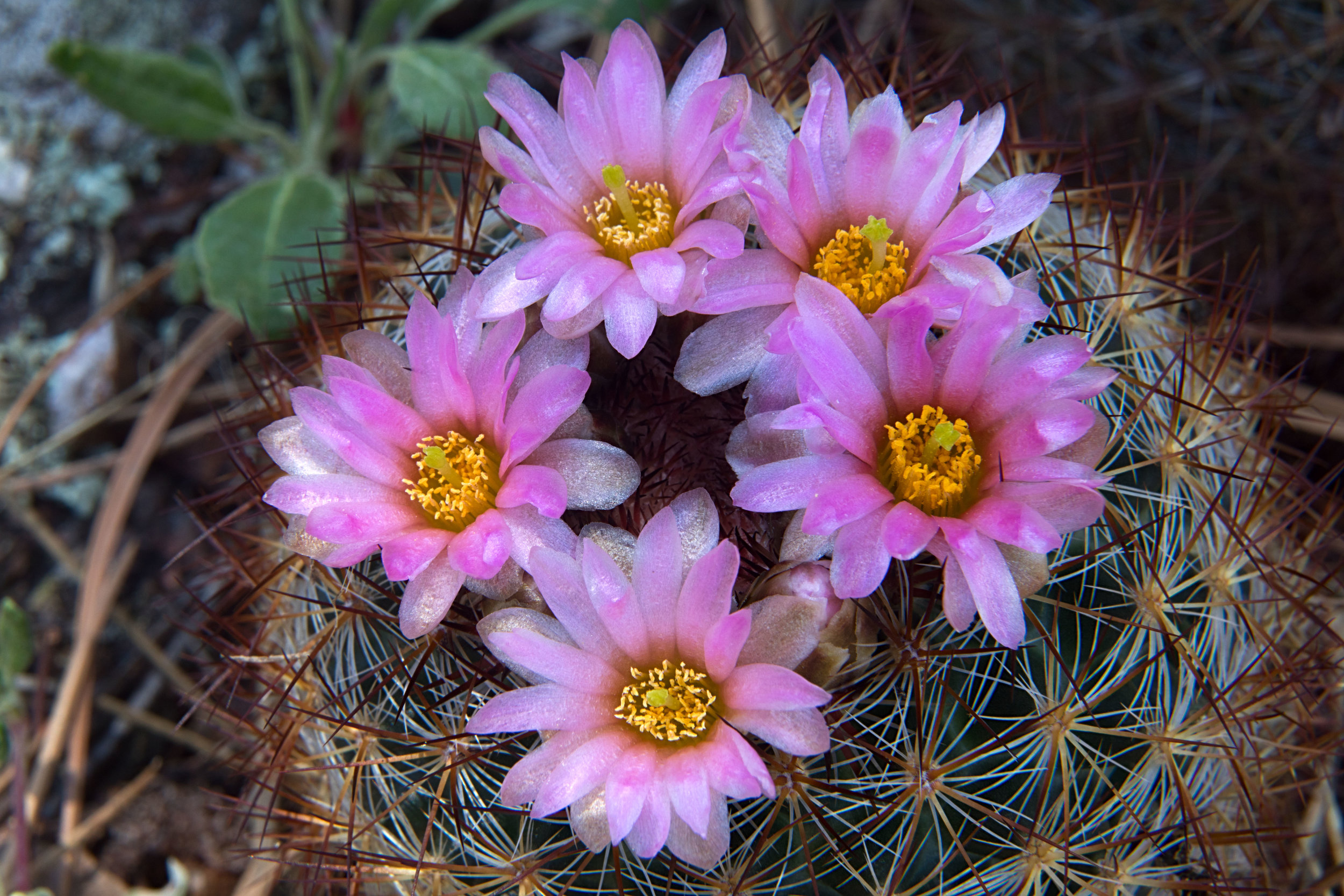I stumbled upon a wild adult female in my yard on 27 May. She looked freshly emerged from the cocoon in which she would have spent the winter, and I wondered if she might have already mated and be ready to lay eggs. So I placed her in an enclosure:
Cecropia moth, Hyalophora cecropia. Adult female.
I hoped that even if she had not mated, her scent would draw local males and she could mate with them. I planned to get up an hour or so before dawn to see if any wild males were around, and if so to try and capture one or more of them to put in the cage with the female.
I went out with a flashlight a couple of times in the pre-dawn hours the following morning, but alas I didn’t catch a glimpse of any “wild boys” in the vicinity of the cage.
However, when I went out later in the early morning light, I saw that the captive female had laid about 40-60 eggs on the wires at the top of the cage.
I carefully gathered the eggs into a plastic container by using a straw to dislodge the eggs. Then the waiting began, as it typically takes 7-10 days for Cecropia eggs to hatch. In the meantime, I released the female from the cage.
Cecropia moth eggs. Each egg is about 2mm in diameter.




















